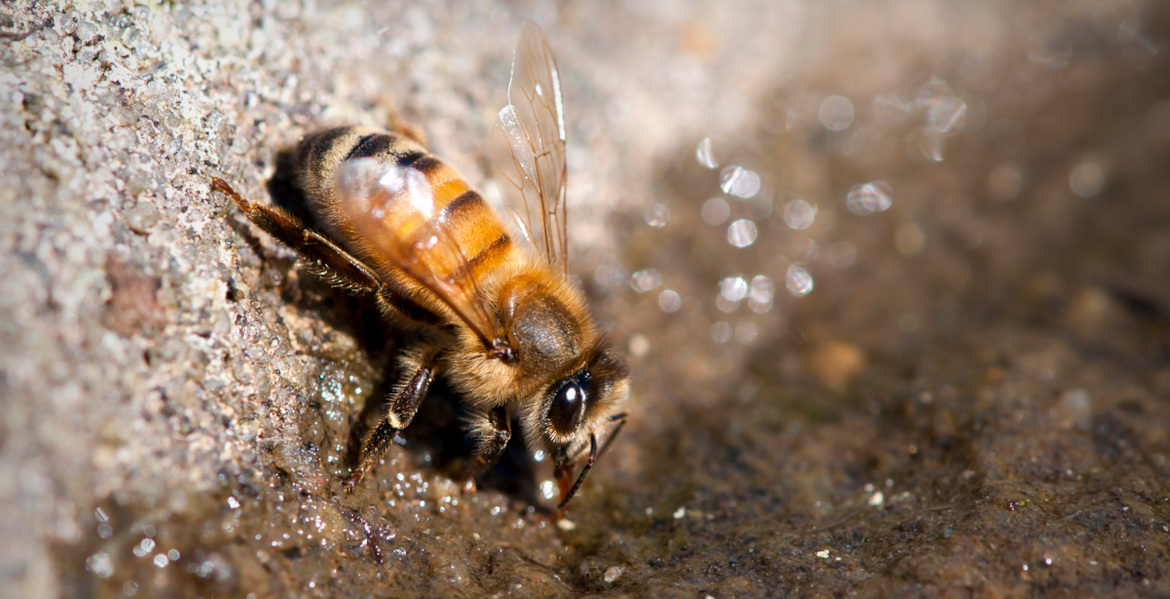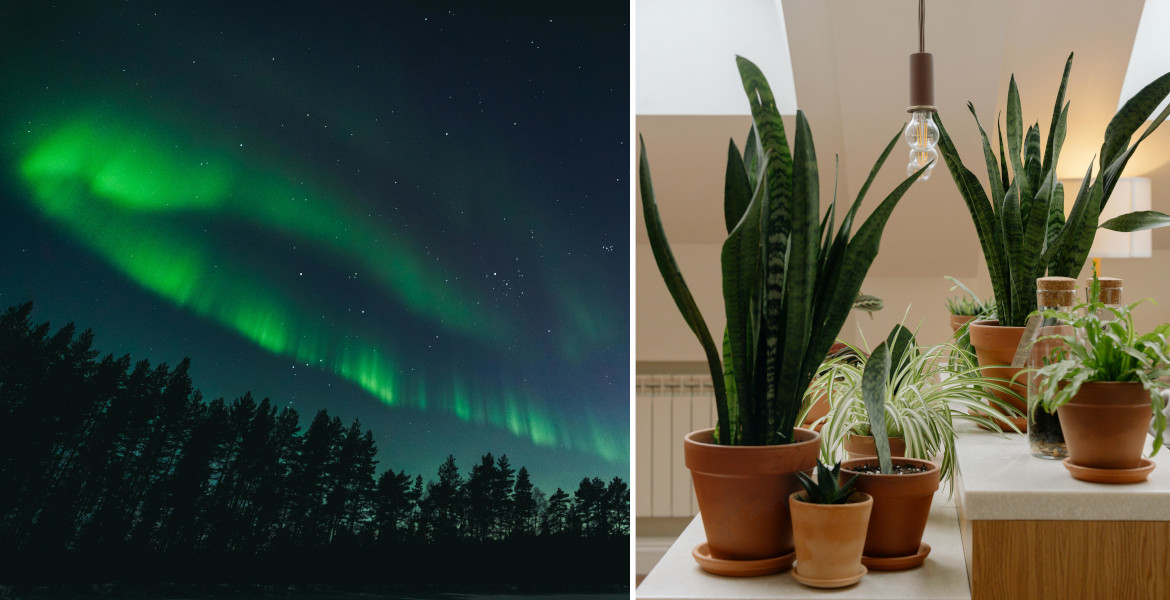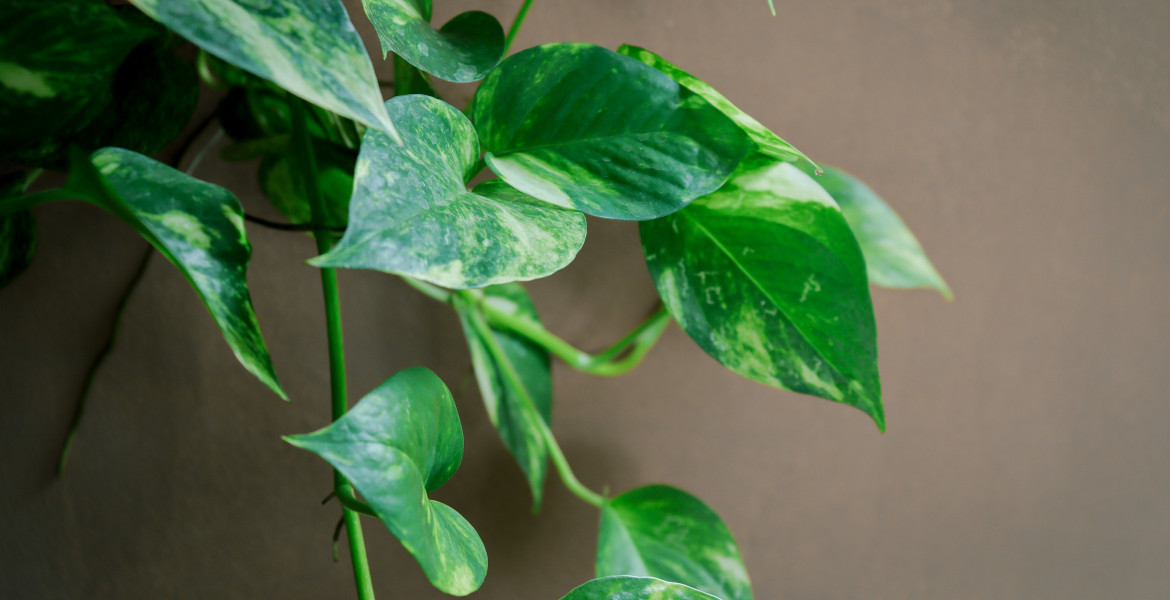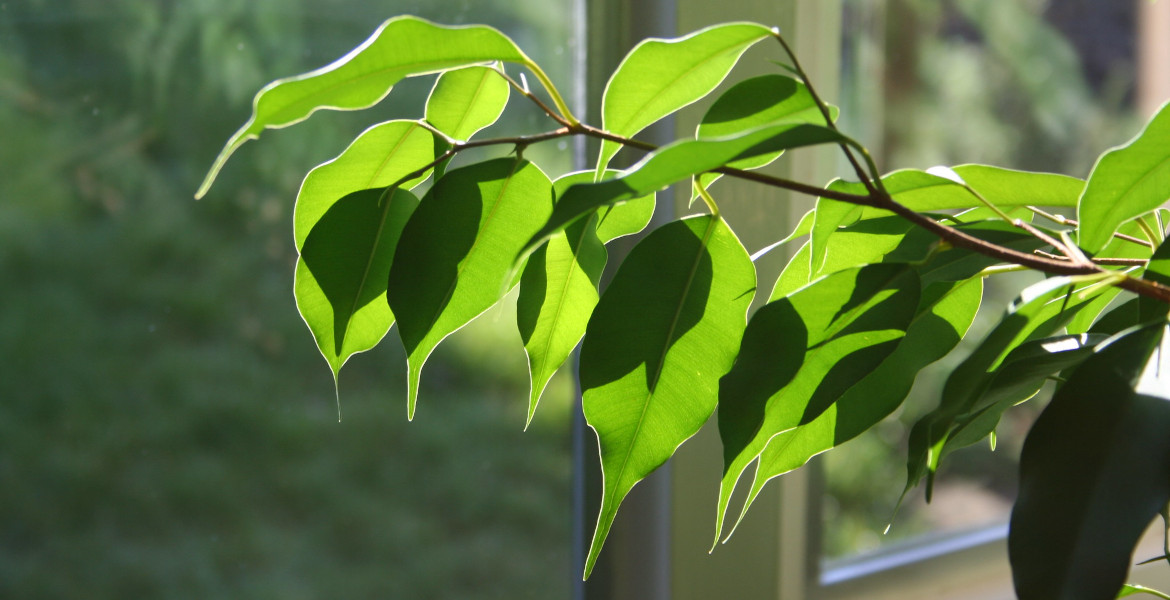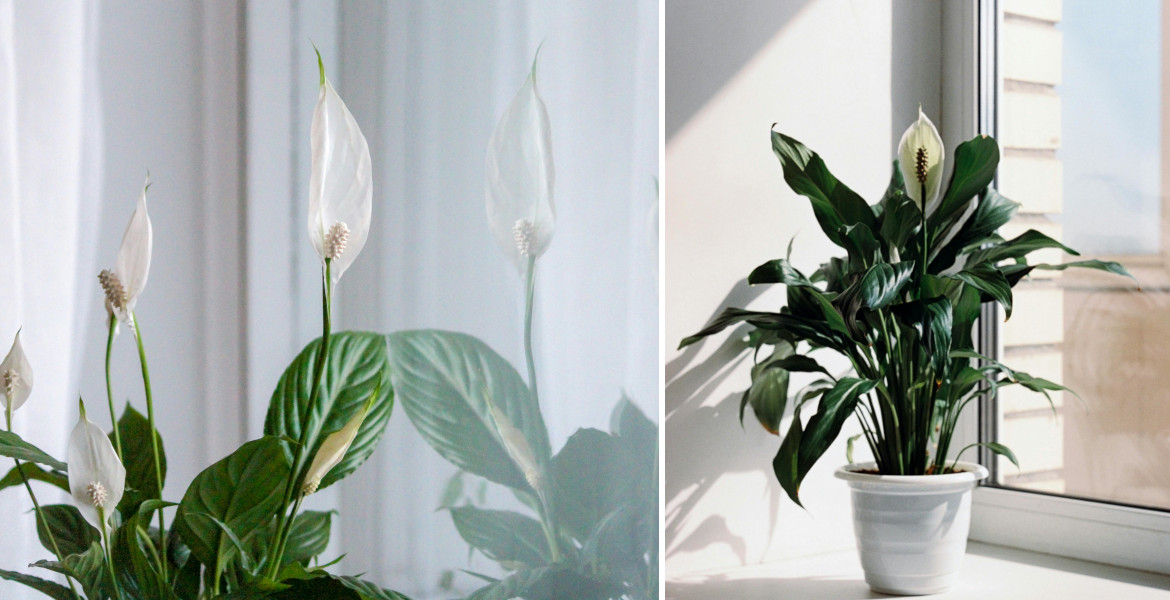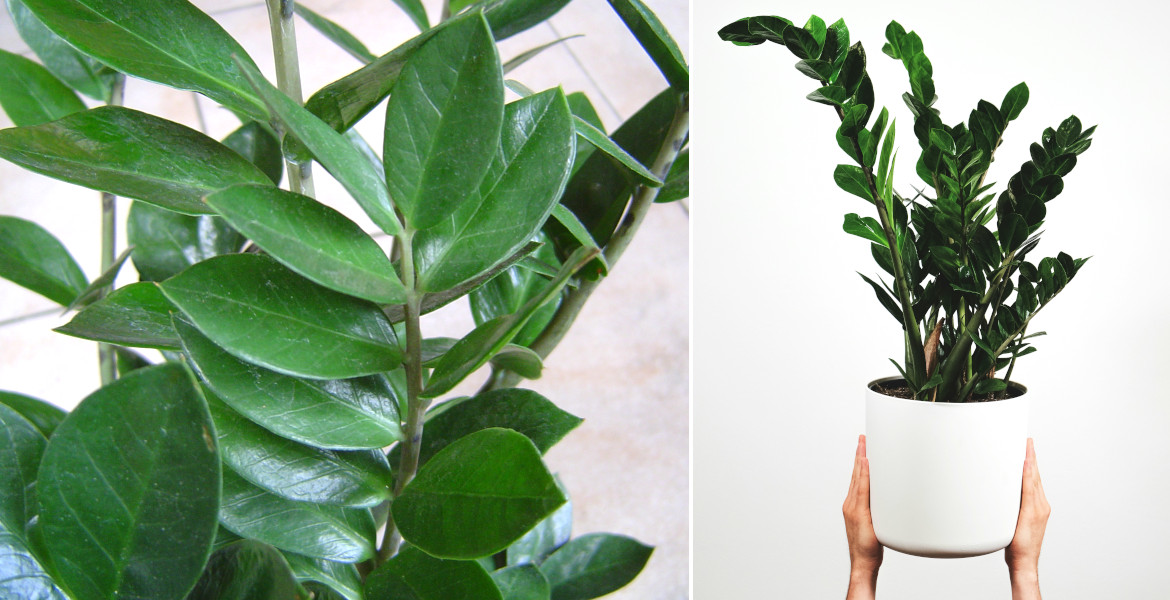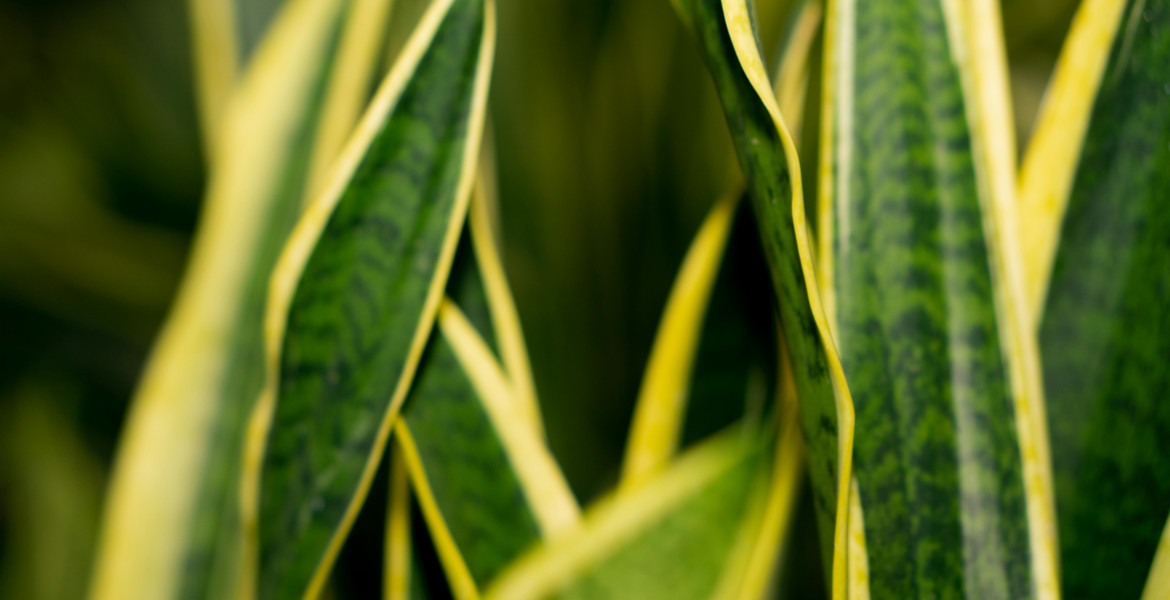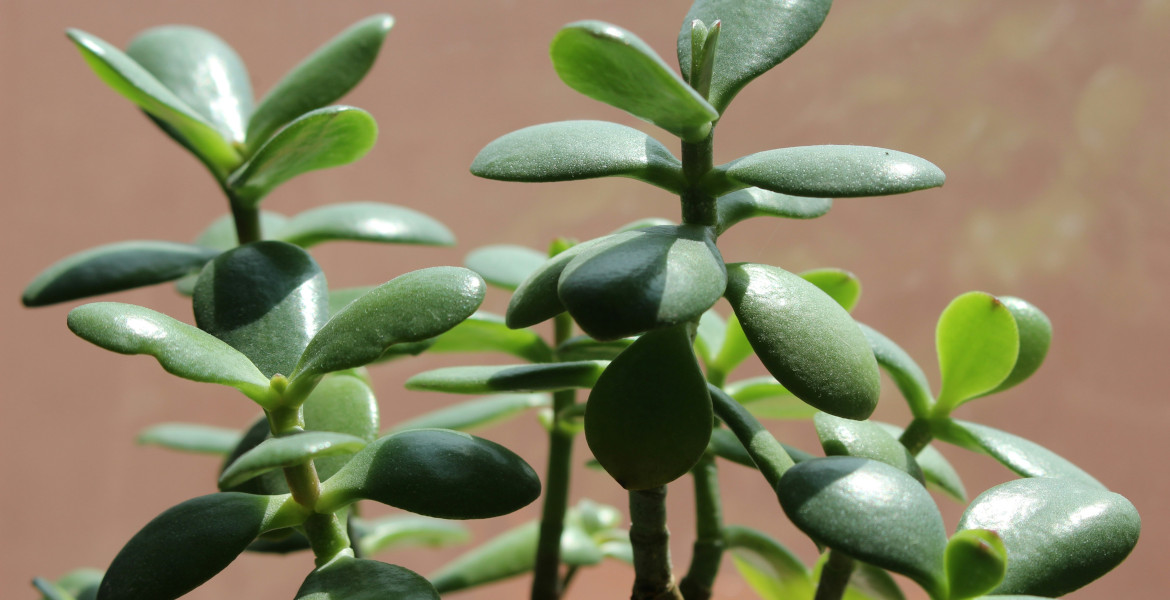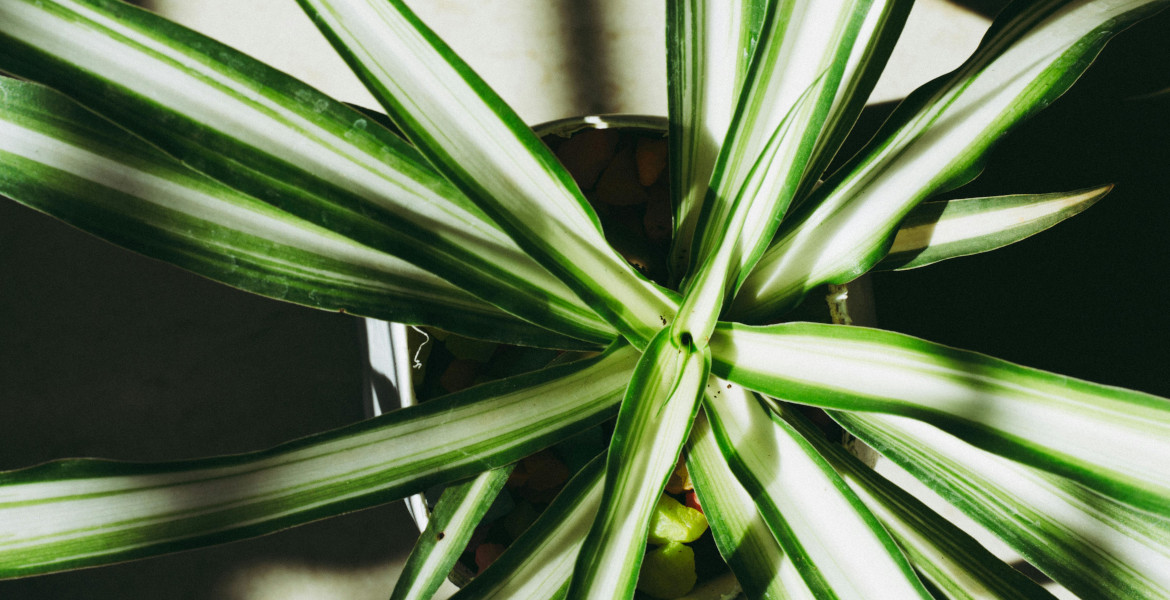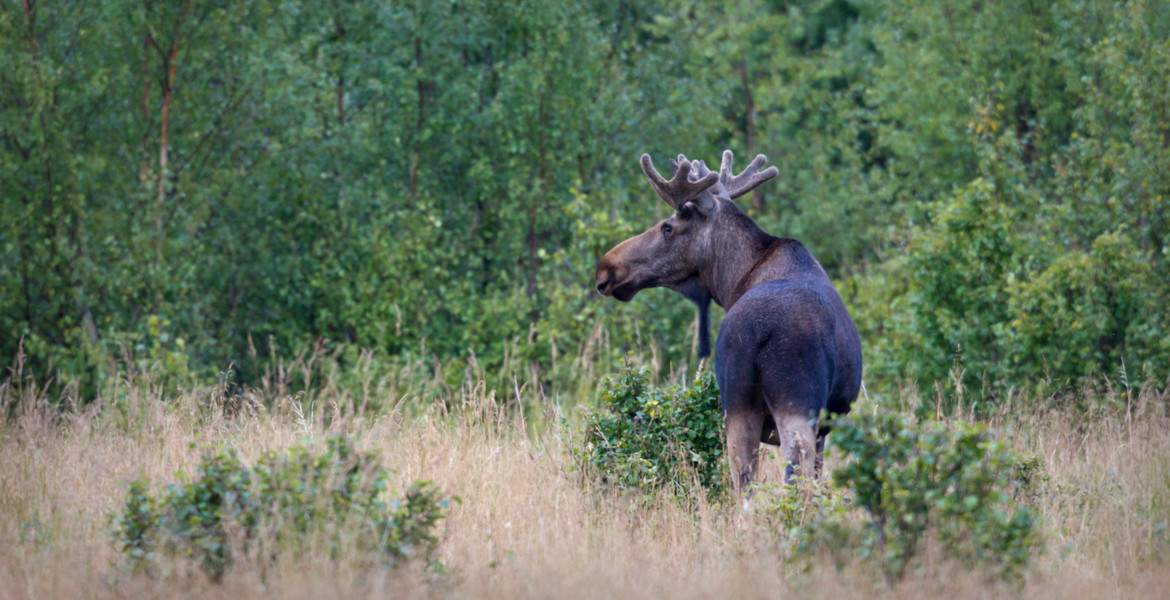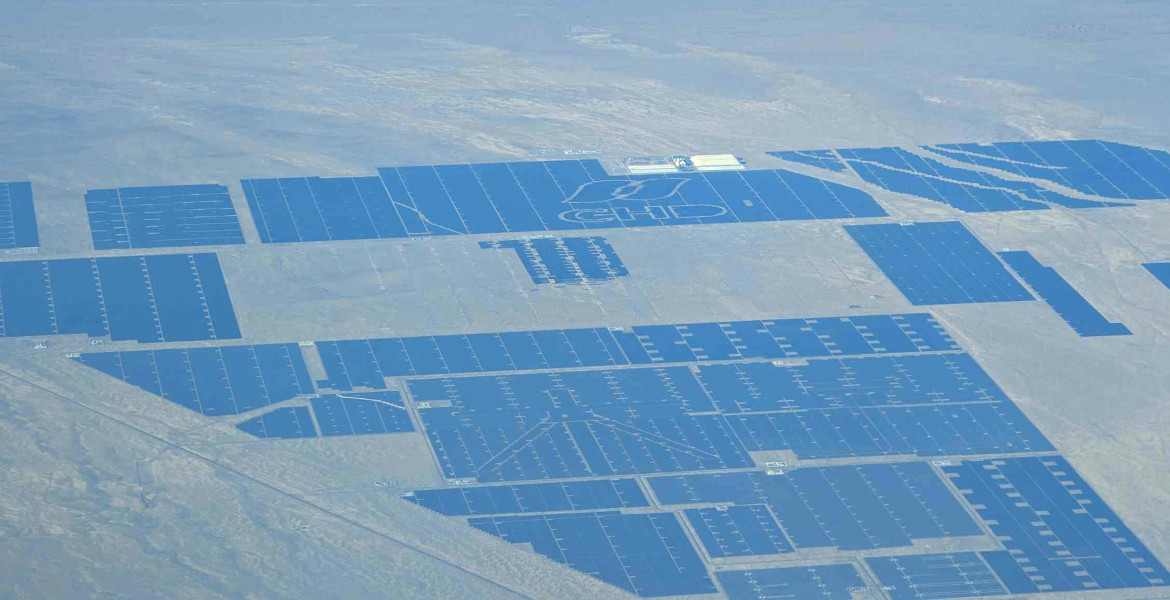Hot and dry days make water a precious resource – not just for us, but also for our important pollinators. Offering bees a safe water source in the garden can make a big difference for their survival and wellbeing.
Summer sun and dry weather don't just make people long for cooling drinks – the important pollinators, bees and bumblebees, also need access to fresh water to survive and thrive.
Offering bumblebees and bees a reliable water source in the garden or on the balcony is a simple but meaningful way to support nature's heroes.
Bees are incredible little workers that pollinate large portions of crops and wild plants. But during hot and dry periods, water can become a scarce resource for the small pollinators. That's when they seek out gardens, parks and balconies in search of quenching their thirst.
So how can garden lovers or nature enthusiasts help? Land.se (a Swedish gardening website) lists five simple and natural ways to give bees and bumblebees access to water:
- Set out a dish
Place a shallow bowl with water in a protected location and fill it with small stones, bark pieces or corks that bees can land on. The little bath gives bees a safe landing spot so they can drink without risking drowning. - Moss
Bees are instinctively programmed to look for still water, since running water poses a drowning risk. That's exactly why they're drawn to slightly dirtier and earthier water sources – wet moss can quickly become a real favorite to drink from. - Water tap
If you have a tap on your rainwater barrel, it's easily arranged. Place a plank at an angle under the tap and let the water drip slowly. This becomes an easily accessible place for bees to drink from. - Don't forget to water
Without water, flowers stop producing nectar for bees and bumblebees. If you have, for example, a strawberry patch full of flowers but no pollinators in sight, the reason might be that it's too dry. Water – but avoid overdoing it since too much water makes the nectar watery and less appealing. - Open bar
A container filled with stones and sticks quickly becomes a popular watering hole for thirsty bees. It also works fine to take a few handfuls of bark and sticks to float on the surface in a water barrel.
Helping bees with water is a small gesture with great significance for the ecosystem. Our bumblebees, honey bees and solitary bees contribute to the diversity that gives us fruits, vegetables and beautiful flower meadows.
By offering clean and safe water, we can give them a much-needed break – a thirst-quenching oasis – in the middle of the summer heat. So bring out a bowl, some stone pieces and let the garden's bees feel welcome.
